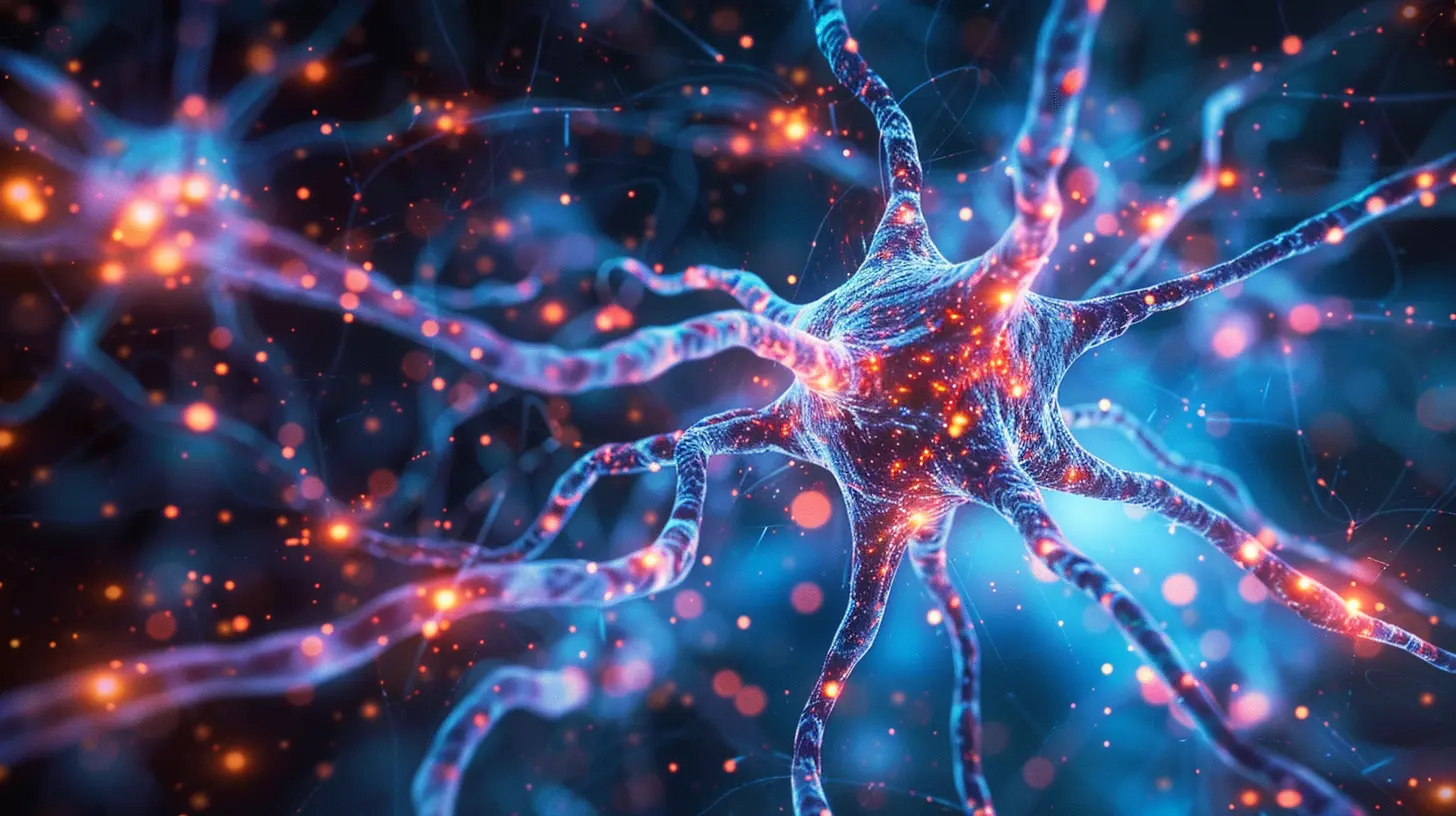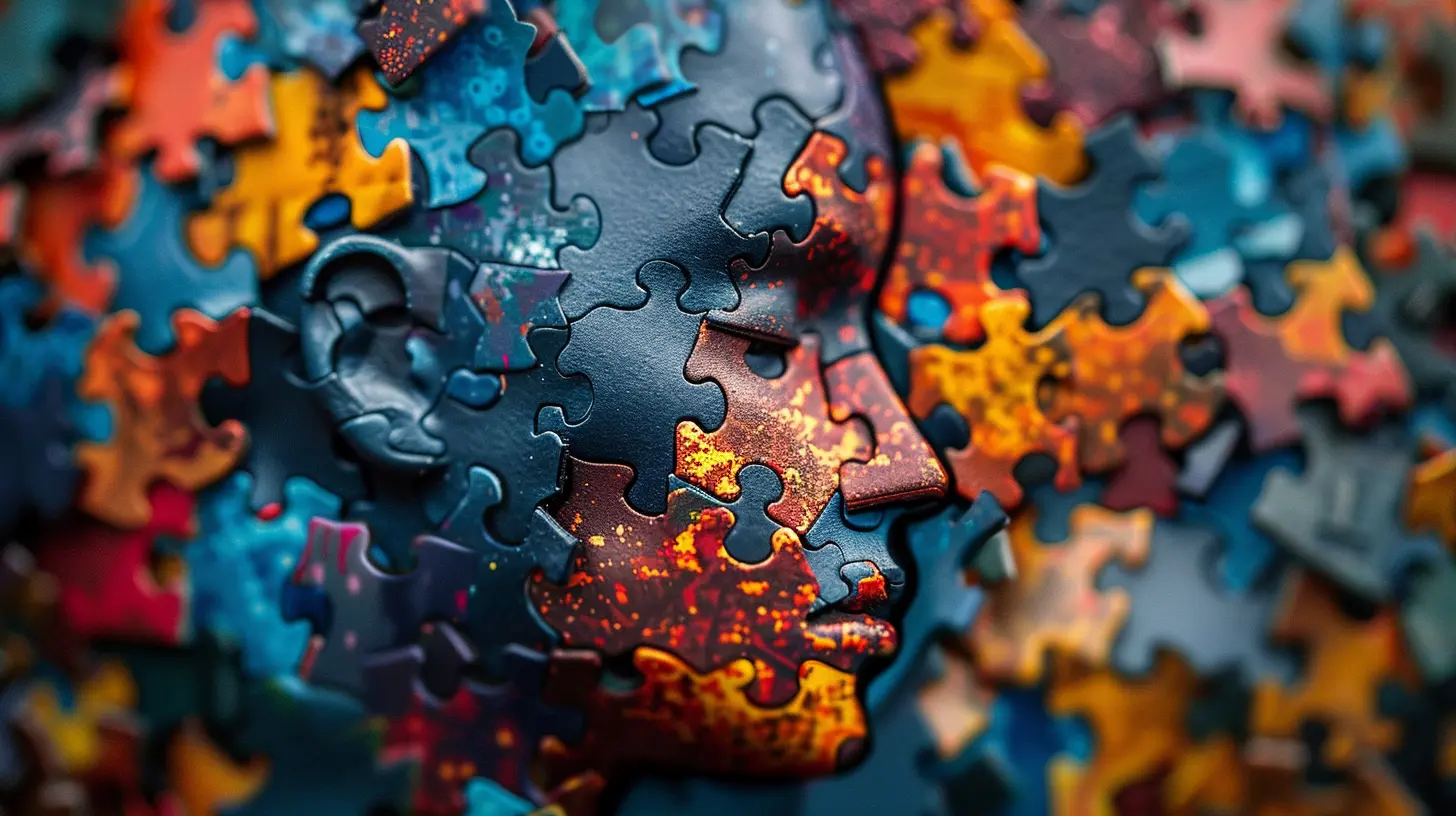Neurodevelopmental Disorders: From Autism to ADHD
21 May 2025
Neurodevelopmental disorders are a group of conditions that affect the brain's growth and development, often leading to challenges in thinking, learning, behavior, and social interaction. If you’ve ever heard terms like autism or ADHD thrown around, you’ve been exposed to some of the more common types of these conditions. But neurodevelopmental disorders are much more complex than they may seem at first glance. They affect millions of people globally and can manifest in a variety of ways.
In this article, we’ll break down some of the most well-known neurodevelopmental disorders, including autism and ADHD, and touch on what makes them unique while shining a light on how they impact everyday life. Let’s dive right in!

What Are Neurodevelopmental Disorders?
Neurodevelopmental disorders are conditions that typically manifest early in development, often before a child starts school. They can impact cognitive function, communication, motor skills, behavior, and social interactions. The term "neurodevelopmental" refers to how the brain and nervous system grow and develop, and when something doesn't go as expected during this process, it can result in one of these disorders.The specific causes of neurodevelopmental disorders are often complex and not fully understood, but they are believed to arise from a mix of genetic, environmental, and sometimes prenatal risk factors.
Common Symptoms
You might be wondering, "How do I know if someone has a neurodevelopmental disorder?" The truth is, it can vary greatly from person to person. But here are some common symptoms you might see:- Social difficulties: Many individuals with neurodevelopmental disorders struggle with communication and social interaction.
- Cognitive challenges: Some may experience delays in thinking, learning, and problem-solving.
- Behavioral issues: Disruptive or impulsive behaviors can be a hallmark of certain disorders.
- Motor skill difficulties: Some individuals may have trouble with coordination, balance, or fine motor skills.

Autism Spectrum Disorder (ASD)
What Is Autism?
Autism Spectrum Disorder (ASD) is perhaps the most well-known neurodevelopmental disorder. When you hear the term "spectrum," it’s because autism encompasses a wide range of symptoms, abilities, and challenges. No two people with autism are exactly alike.ASD affects how a person interacts with others, communicates, learns, and behaves. And while some individuals with autism may require significant support in daily life, others may live entirely independent lives.
Common Signs of Autism
Autism can be identified early in childhood, often before the age of 3, though some children are diagnosed later. Here are a few common signs:- Delayed speech or language skills: Some children may not speak at all, while others may have trouble holding a conversation.
- Difficulty with social interactions: This might include avoiding eye contact, not responding to their name, or showing little interest in playing with others.
- Repetitive behaviors: This could involve lining up toys, repeating phrases, or sticking to strict routines.
- Sensory sensitivities: Many individuals with autism are hypersensitive to lights, sounds, textures, or smells.
Causes of Autism
There’s no single cause of autism, but it's widely believed to be influenced by both genetic and environmental factors. Researchers are still exploring the exact mechanisms that lead to the development of ASD, but we do know that it tends to run in families and can be associated with certain genetic conditions.Living With Autism
Living with autism doesn’t look the same for everyone. Some individuals thrive in highly structured environments, while others may need more assistance with daily tasks. Early intervention therapies, such as speech or occupational therapy, can make a significant difference in helping children with autism achieve their full potential.
Attention-Deficit/Hyperactivity Disorder (ADHD)
What Is ADHD?
Attention-Deficit/Hyperactivity Disorder (ADHD) is another common neurodevelopmental disorder that affects both children and adults. The hallmark symptoms of ADHD involve inattention, hyperactivity, and impulsiveness. But don’t be fooled into thinking this is just a “kids who can’t sit still” problem. ADHD can persist into adulthood and affect everything from academic performance to work and relationships.Types of ADHD
ADHD comes in three subtypes, with each presenting a unique set of challenges:1. Inattentive type: People with this subtype often struggle to focus on tasks, follow instructions, or organize their thoughts. They may appear forgetful or easily distracted.
2. Hyperactive-impulsive type: This subtype is marked by constant movement, fidgeting, and impulsive actions. People might interrupt conversations or act without thinking.
3. Combined type: This is the most common type, involving symptoms of both inattention and hyperactivity/impulsivity.
Causes of ADHD
Like autism, ADHD’s exact causes aren’t fully understood, but genetics play a significant role. Environmental factors, such as exposure to toxins during pregnancy or early childhood, may also contribute to the development of ADHD. The disorder is thought to involve imbalances in neurotransmitters (the chemicals that transmit signals in the brain), particularly ones that regulate attention and self-control.Living With ADHD
Managing ADHD often involves a combination of strategies. Medications like stimulants (e.g., Adderall or Ritalin) can help balance neurotransmitter levels and improve focus and impulse control. Behavioral therapy, organizational tools, and lifestyle changes (like regular exercise and sleep) can also go a long way in helping individuals manage their symptoms.
Other Neurodevelopmental Disorders
While autism and ADHD tend to get the most attention, they are only two parts of the larger neurodevelopmental puzzle. Let’s take a closer look at some other significant disorders in this category.Intellectual Disability (ID)
An intellectual disability is characterized by limitations in intellectual functioning and adaptive behavior, which include skills like reasoning, learning, and problem-solving. An individual with ID may struggle with everyday tasks such as communication, social skills, and independent living.Specific Learning Disorders
If someone has difficulty reading, writing, or doing math, they may have a specific learning disorder like dyslexia (trouble with reading) or dyscalculia (difficulty with math). These disorders are often diagnosed during school years when a child’s academic struggles become apparent.Developmental Coordination Disorder (DCD)
Also known as dyspraxia, DCD affects motor skills. Children with DCD might appear clumsy or uncoordinated and may have trouble with activities like writing, tying shoelaces, or riding a bike.Communication Disorders
Communication disorders are marked by difficulties in understanding or producing speech, language, or communication. For example, children with language delays may struggle to express themselves or understand what others are saying.Tic Disorders
Tic disorders, including Tourette Syndrome, are characterized by repetitive, involuntary movements or sounds. These tics can be physical (like blinking or shrugging) or vocal (like throat clearing or grunting).Diagnosing and Treating Neurodevelopmental Disorders
Diagnosis
Diagnosing a neurodevelopmental disorder typically involves a multi-step process. It often starts with developmental monitoring, where doctors or parents track a child’s progress in areas like speech, movement, and social interaction. If concerns arise, a more detailed evaluation may be conducted, often involving specialists such as neurologists, psychologists, and speech therapists.Treatment Approaches
While there’s no “cure” for neurodevelopmental disorders, early intervention and tailored support can make a world of difference. Here are a few commonly used approaches:- Behavioral therapy: This can help address specific challenges like social skills, self-control, or communication.
- Speech and language therapy: This is often key for children with autism or communication disorders.
- Occupational therapy: This helps individuals improve their fine motor skills, coordination, and ability to perform daily tasks.
- Medications: These might be used for ADHD or tic disorders to help manage symptoms, especially in older children or adults.
The Importance of Early Intervention
You’ve probably heard the phrase "the earlier, the better," and when it comes to neurodevelopmental disorders, this couldn’t be more true. Early intervention can significantly improve outcomes, especially for conditions like autism and ADHD. By providing support in the form of therapies, learning accommodations, and sometimes medications, children can develop the skills they need to succeed academically, socially, and in life.Conclusion
Neurodevelopmental disorders are complex, but understanding them is the first step toward acceptance and support. Whether it’s autism, ADHD, or another condition, each disorder presents unique challenges—and strengths. Remember, everyone’s brain develops differently, and that’s part of what makes us human.If you or someone you know is navigating life with a neurodevelopmental disorder, know that there’s help and hope. With the right support systems in place, individuals can lead fulfilling and meaningful lives.
all images in this post were generated using AI tools
Category:
Psychiatric DisordersAuthor:

Paulina Sanders
Discussion
rate this article
3 comments
Celeste Lynch
Great insights! Understanding these disorders fosters empathy and support—let's celebrate each unique mind!
June 7, 2025 at 3:52 PM

Paulina Sanders
Thank you! Celebrating diversity in neurodevelopmental experiences is key to building a supportive community.
Ava McLanahan
Understanding neurodevelopmental disorders is crucial; they shape unique minds. Embracing diversity in these conditions enhances empathy, fostering a society that values all cognitive styles.
May 26, 2025 at 4:09 AM

Paulina Sanders
Thank you for your insightful comment! Embracing the diversity of neurodevelopmental disorders indeed promotes understanding and empathy in our society.
Michelle Hill
Thank you for shedding light on neurodevelopmental disorders. Your insights foster understanding and compassion for those affected and their families. Together, we can create a more inclusive and supportive world.
May 21, 2025 at 5:04 AM

Paulina Sanders
Thank you for your kind words! I'm glad my insights can help promote understanding and support for those affected by neurodevelopmental disorders. Together, we can make a difference!



